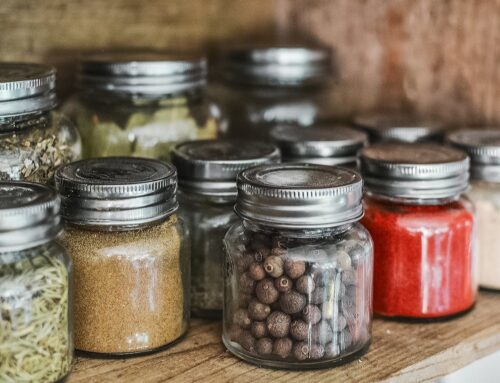Crafting Health – A Guide to Wholesome Homemade Bread
In recent years, the allure of homemade bread has experienced a renaissance, with many turning to their kitchens to knead, rise, and bake loaves from scratch. Beyond the comforting aroma and the satisfaction of creating something with your own hands, homemade bread offers a pathway to healthier eating when crafted mindfully.
Gone are the days when bread was vilified as a dietary villain. Instead, the focus has shifted to the quality of ingredients and the preparation methods. By harnessing whole grains, natural sweeteners, and ancient techniques, homemade bread can become a cornerstone of a nourishing diet.
Whole grains are the cornerstone of healthy homemade bread. Opting for flours made from whole wheat, spelt, rye, or oats ensures that the bread retains the fiber, vitamins, and minerals found in the entire grain. These nutrients not only promote digestive health but also contribute to a sense of fullness, aiding in weight management.
Another key consideration is the use of natural sweeteners. While sugar-laden commercial bread may spike blood sugar levels, homemade bread can be sweetened with alternatives like honey, maple syrup, or mashed fruits. Not only do these alternatives add a subtle sweetness, but they also provide additional nutrients and antioxidants.
Incorporating seeds and nuts into homemade bread not only adds texture and flavor but also boosts its nutritional profile. From flaxseeds rich in omega-3 fatty acids to sunflower seeds packed with vitamin E, these additions offer a bounty of health benefits. Moreover, seeds and nuts contribute to satiety, helping to curb cravings and promote portion control.
Beyond ingredients, the method of preparation plays a crucial role in crafting healthier homemade bread. Traditional techniques like sourdough fermentation not only enhance flavor but also improve digestibility. The longer fermentation process breaks down gluten and phytic acid, making nutrients more accessible to the body.
Furthermore, homemade bread allows for greater control over sodium content. By reducing or omitting added salt, individuals can tailor their bread to their dietary needs, particularly beneficial for those with hypertension or heart conditions.
Embracing homemade bread as a healthier alternative doesn’t mean sacrificing taste or convenience. With a bit of experimentation and a commitment to quality ingredients, homemade bread can be both nutritious and delicious. So roll up your sleeves, dust off your apron, and embark on a journey to crafting bread that nourishes the body and soul.

John Lee – Nourish + Flourish







